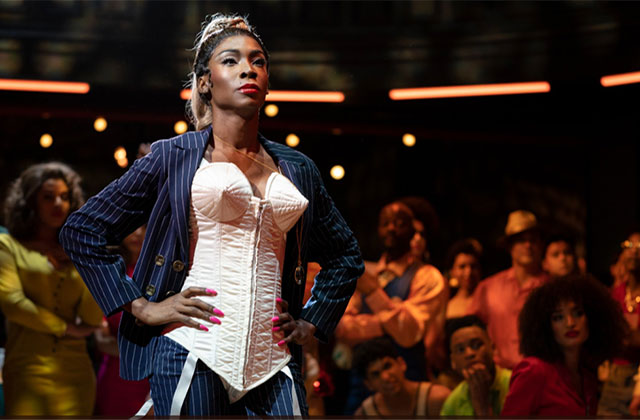Spoilers for “Pose” follow.
On Tuesday’s (July 9) episode of “Pose”—written by series creators Janet Mock and Ryan Murphy, who also directed the episode—viewers were confronted with the brutal reality of violence against transgender women. In an interview with Deadline, Mock and Murphy discuss the way that Candy (played by Angelica Ross) died on the show.
“We were quite sure that we didn’t want it to be necessarily anchored around the epidemic of HIV/AIDS at the time,” Mock said. “Instead, we wanted to really concentrate on the epidemic of violence that trans women are facing, not just back then but today. And we wanted to illustrate what loss looks like for this community in a very deep and impactful and grounded way.”
Per the Human Rights Campaign, 13 trans women of color (all but one identified as Black) have been killed so far this year.
“We have this duty and this burden of occupying this space on television which is so accessible to millions of people, that we needed to have our viewers that were watching, who are just being introduced to this world and to these characters, that they need to also feel that loss…someone who was beloved, someone who stole scenes and someone who had these iconic moments on the show. So, because we had all these touchstones with her for 11 episodes prior, we knew she was the right person,” Mock said.
“We spent a lot of time talking about and plotting it out and working with the actors. It’s important to talk about this issue right now in our culture when so many trans women are being killed and they’re headlines. At best, they’re on page 24 in a newspaper and then the next day they’re gone and forgotten,” said Murphy. “We didn’t want to do anything gratuitous. We wanted you to know the characters, we wanted you to be invested in them. Because I feel so many times there is the trope of ‘kill your LGBTQ characters.’ Sometimes as a plot point, as opposed to a character development point.”
Read the full interview here.
